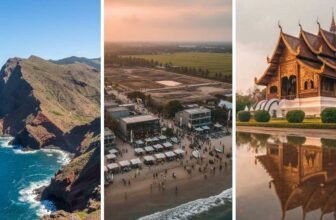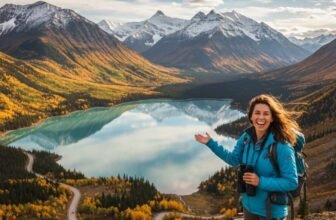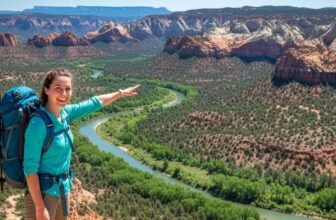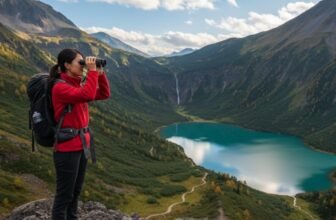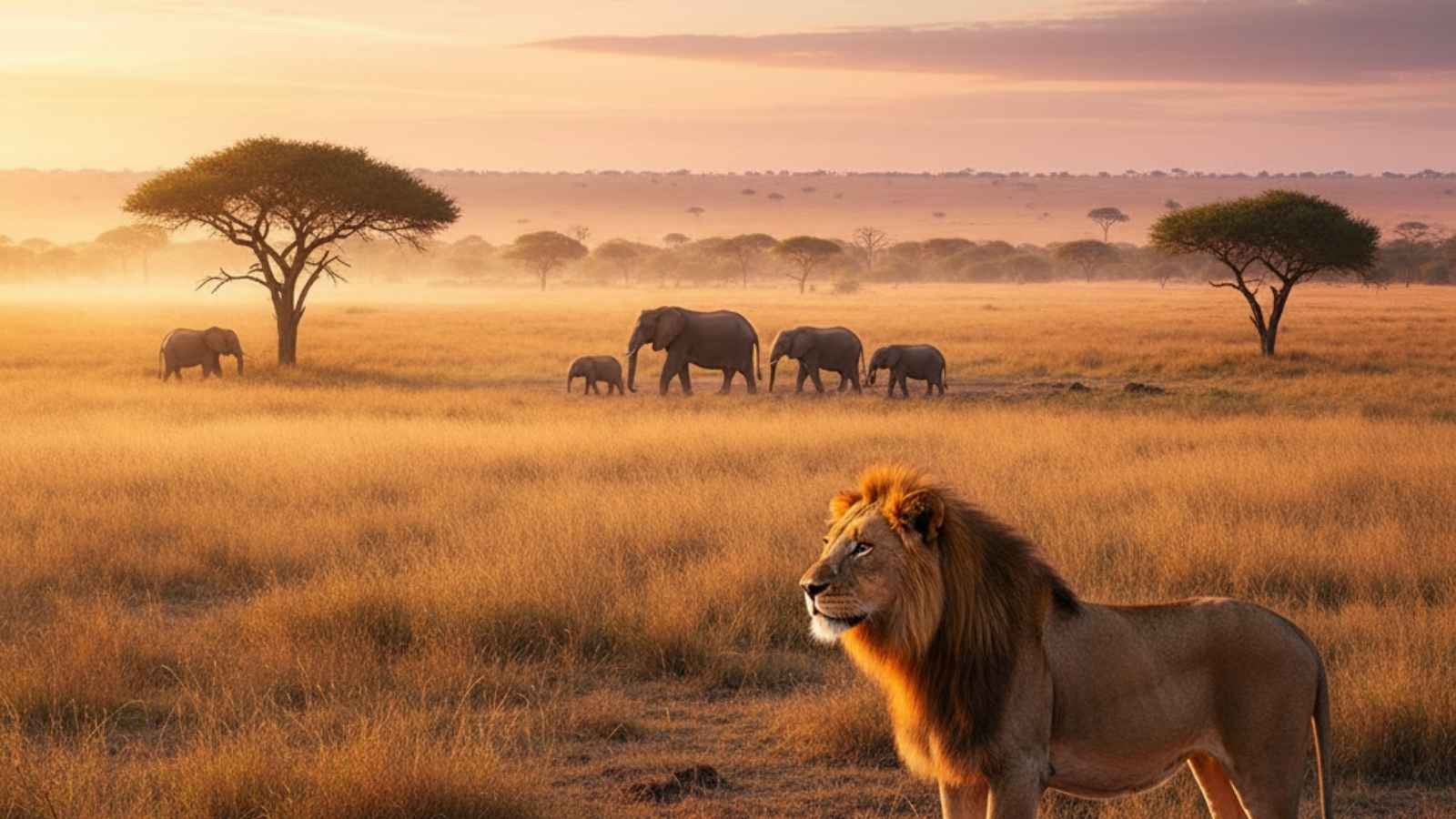
Wild places we once thought untouchable are quietly changing before our eyes. Glaciers are shrinking into streams, coral gardens are fading, and even the world’s most rugged peaks are feeling the heat.
What was once eternal now feels fleeting—an uneasy reminder of how quickly beauty can slip away. Yet, there’s still time to stand beneath those towering cliffs, to feel that crisp mountain air, to see what remains vibrant and alive.
These parks aren’t just travel destinations anymore—they’re living, breathing stories of transformation. See them now, while they still hold the wild magic that once defined them.
1. Glacier National Park, USA
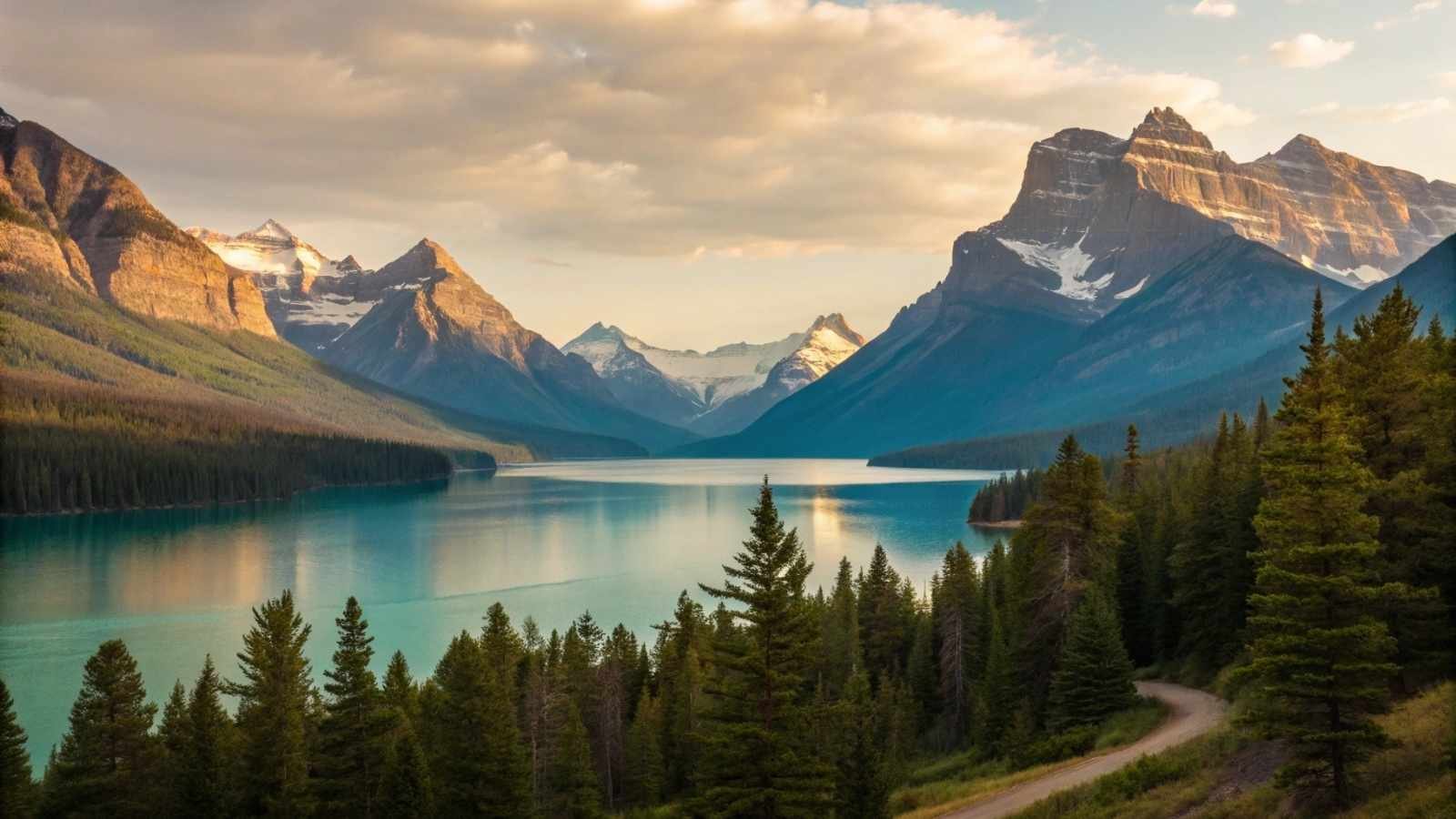
Once known as the “Crown of the Continent,” Glacier National Park in Montana is a living timeline of climate change. Over a century ago, it had more than 100 active glaciers — today, fewer than 25 remain. Hiking through its alpine valleys and turquoise lakes feels both awe-inspiring and sobering. The air carries that crisp mountain scent, but the snowlines are receding year by year, and many trails that once led to ancient icefields now end at barren rock faces.
Wildlife patterns are shifting, too. Mountain goats are climbing higher in search of cooler ground, and meadows once filled with wildflowers now bloom earlier each season. The change is subtle at first glance, but when locals talk about “what used to be,” the loss becomes impossible to ignore. Still, the park’s beauty hasn’t faded—it’s just transforming, and visiting now offers a glimpse of what’s at stake.
If there’s one thing travelers say after visiting, it’s that Glacier feels like a race against time—to see its frozen namesakes before they’re gone for good.
Travel Tips:
- Best Months to Visit: Late June to early September
- Don’t Miss: Going-to-the-Sun Road, Hidden Lake Overlook, Iceberg Lake Trail
- Climate Watch: Glaciers retreating up to 70% since the 1960s
- Wildlife Spotting: Grizzly bears, mountain goats, and elk
- Travel Tip: Mornings offer clearer skies and fewer crowds for photography
2. Great Barrier Reef Marine Park, Australia

Few natural wonders are as instantly recognizable—or as threatened—as the Great Barrier Reef. Spanning more than 1,400 miles, this living coral ecosystem has endured repeated bleaching events, leaving once-vibrant reefs pale and brittle. The warming waters of the Coral Sea are disrupting not only coral but the entire marine web depending on it—from sea turtles to reef sharks to thousands of fish species that call it home.
Snorkeling here still feels magical, especially around the outer reefs where color and life persist, but you can’t help noticing the contrast. Some stretches that used to be kaleidoscopes of color now look ghostly quiet. Scientists and conservationists are working tirelessly on coral restoration, but the reef’s transformation is happening in real time, visible even to casual visitors.
For those who’ve always dreamed of seeing it, there’s still time—but the window is narrowing. Visiting now isn’t just tourism; it’s witnessing one of Earth’s most extraordinary ecosystems in flux.
Travel Tips:
- Best Months to Visit: June to October (dry season, clearer visibility)
- Top Access Points: Cairns, Port Douglas, Whitsunday Islands
- Climate Watch: Coral bleaching from rising sea temps and cyclones
- Wildlife Highlight: Manta rays, green sea turtles, reef sharks
- Responsible Travel Tip: Choose eco-certified tour operators that support reef restoration
3. Yellowstone National Park, USA
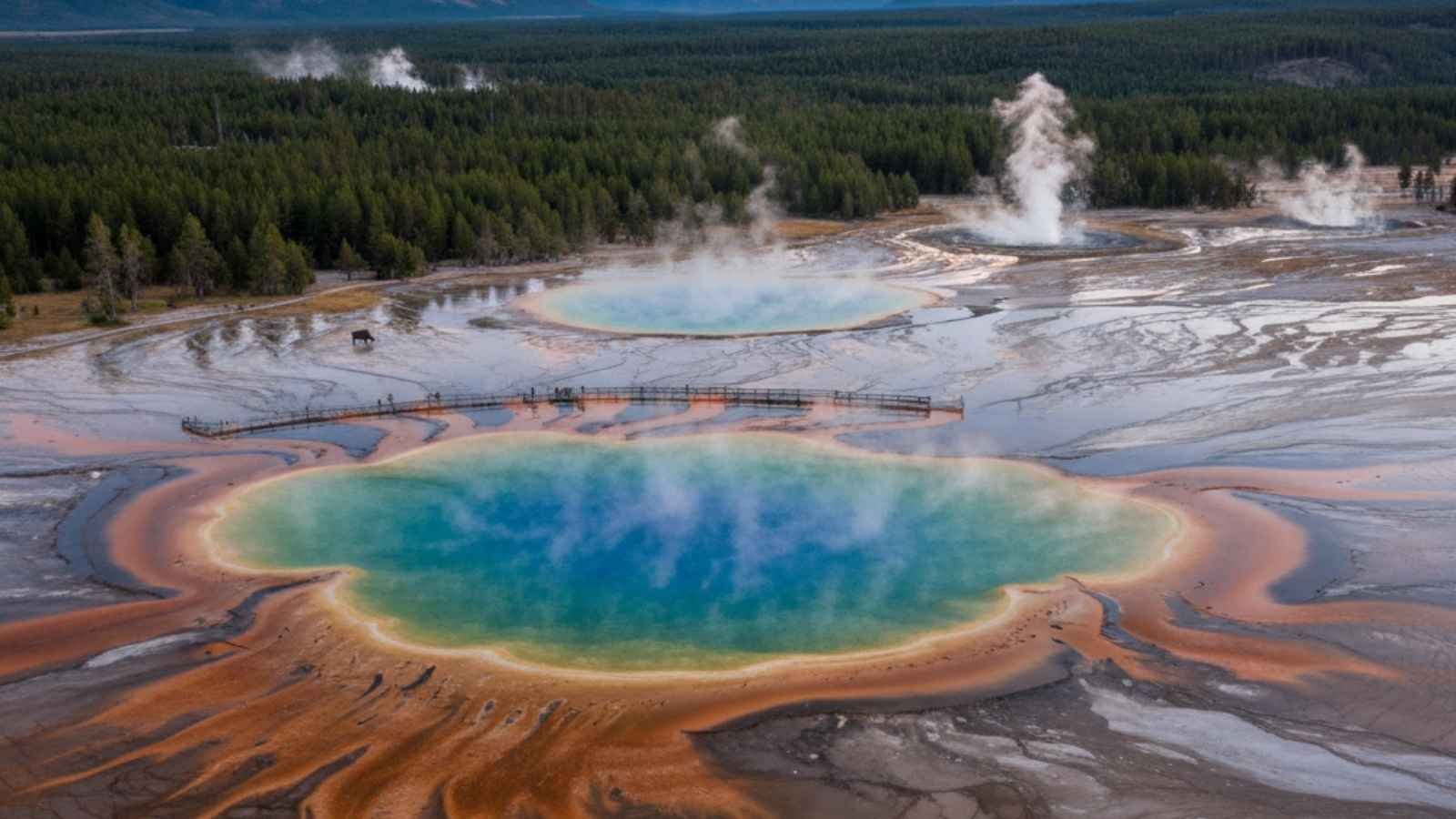
Yellowstone, the world’s first national park, remains breathtaking—but its thermal heart is warming faster than ever. The park’s iconic geysers, mud pots, and hot springs depend on a delicate balance underground. As temperatures rise, snowpack melts earlier, altering the timing of geyser eruptions and stream flows that feed the park’s wildlife.
Longtime rangers note how winters are shorter and less snowy, changing migration patterns for elk, bison, and even the grizzlies that follow them. Wildfires are more frequent and intense, reshaping entire sections of forest. Yet, Yellowstone still holds that raw, untamed energy that humbles every visitor—it just carries a new urgency.
Travelers who visit now experience a park in transformation. The landscapes are still extraordinary, but they whisper a reminder: nature doesn’t stay still, especially under a warming sky.
Travel Tips:
- Best Months to Visit: May to September
- Top Spots: Old Faithful, Lamar Valley (for wildlife), Grand Prismatic Spring
- Climate Watch: Increased wildfires and changing geyser activity
- Wildlife Highlight: Wolves, bison, elk, and bald eagles
- Insider Tip: Early mornings offer the best wildlife sightings
4. Denali National Park, USA
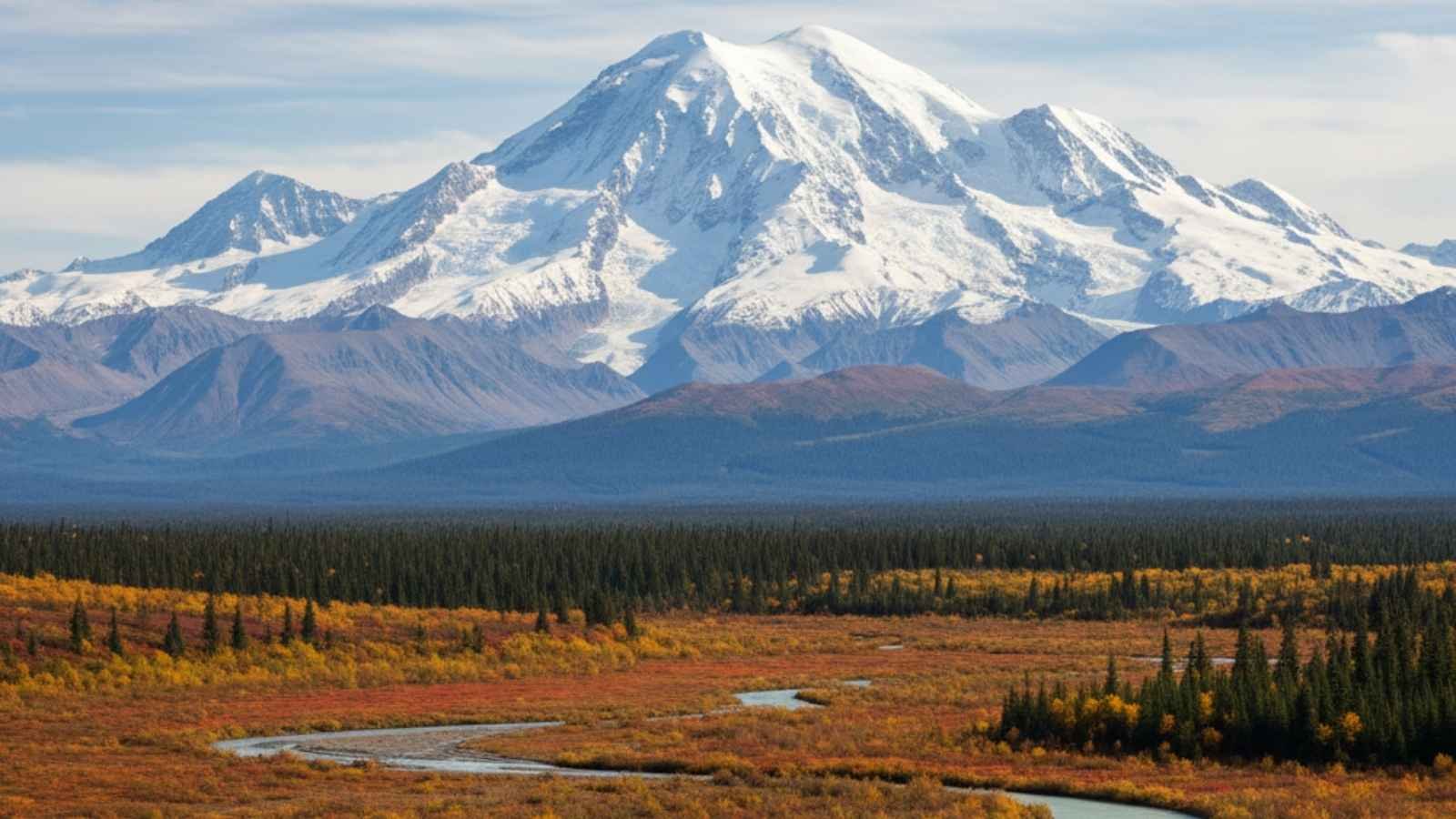
At the heart of Alaska, Denali National Park feels almost mythical—vast tundra, glacial rivers, and North America’s tallest peak piercing the clouds. But this wilderness is not immune. Permafrost melt is reshaping the park’s landscape, destabilizing roads and altering water systems. What once felt eternal—the frozen ground beneath your boots—is thawing.
Warmer temperatures are bringing new plant growth at higher elevations, but they also invite invasive species that never used to survive here. Even Denali’s iconic wildlife—caribou, Dall sheep, and grizzlies—are adapting their seasonal behaviors in unexpected ways. Visitors today often find that the Denali they see isn’t quite the same one described in guidebooks a decade ago.
Despite that, Denali remains an awe-filled journey into Earth’s wild soul. It’s a park that reveals both the resilience and fragility of the planet—a lesson written across every glacier-fed valley and shifting mountain trail.
Travel Tips:
- Best Months to Visit: June to early September
- Top Experiences: Bus ride on Denali Park Road, Savage River hike, flightseeing tours
- Climate Watch: Thawing permafrost and glacial retreat
- Wildlife Highlight: Moose, grizzly bears, wolves, caribou
- Pro Tip: Mid-August to early September brings fewer bugs and golden tundra views
5. Torres del Paine National Park, Chile
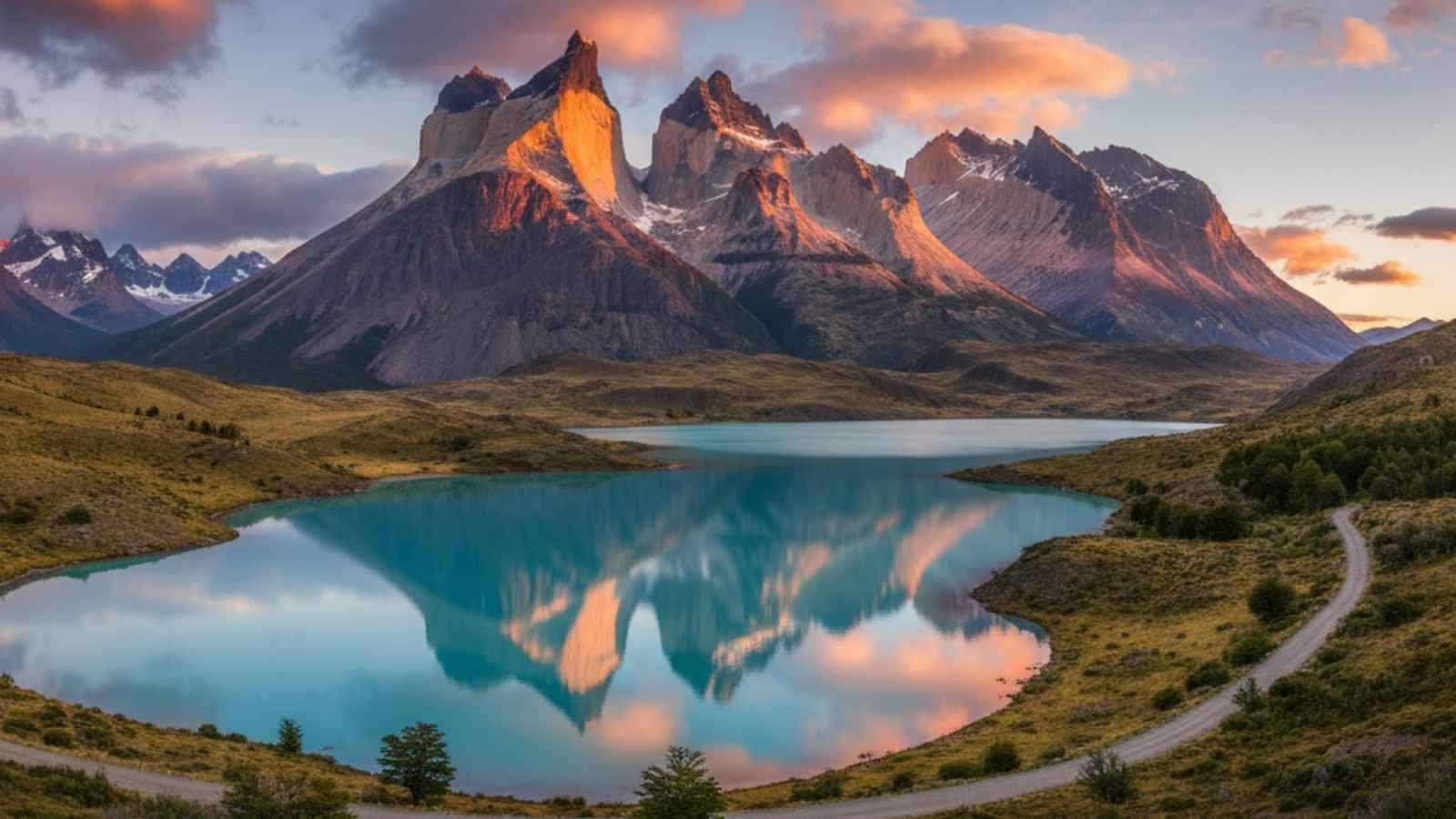
In southern Patagonia, Torres del Paine is the kind of place that takes your breath away twice—once from the sheer beauty, and again when you learn how quickly it’s changing. Rising temperatures and shifting rainfall patterns have already caused massive glacier retreat and altered the region’s once-stable weather. What used to be a predictable wind now comes with sudden storms and record heat waves.
Hikers on the famous “W” Trek often see signs of the transformation: lakes swollen from glacial melt, wildfires more frequent, and the brilliant blue of Grey Glacier fading with each passing year. Yet, the landscapes remain otherworldly—jagged granite peaks, turquoise lakes, and golden pampas that stretch endlessly.
Torres del Paine feels like a wild prayer whispered into the wind—still magnificent, but undeniably vulnerable. Visiting today is both a privilege and a responsibility, as every footprint reminds us of the balance we’re losing.
Travel Tips:
- Best Months to Visit: November to March (Patagonian summer)
- Top Trails: W Trek, O Circuit, Grey Glacier viewpoint
- Climate Watch: Rapid glacial retreat and unpredictable winds
- Wildlife Highlight: Guanacos, condors, pumas, and Andean foxes
- Travel Tip: Book park passes early—visitor limits protect fragile ecosystems
6. Sagarmatha National Park (Everest Region), Nepal
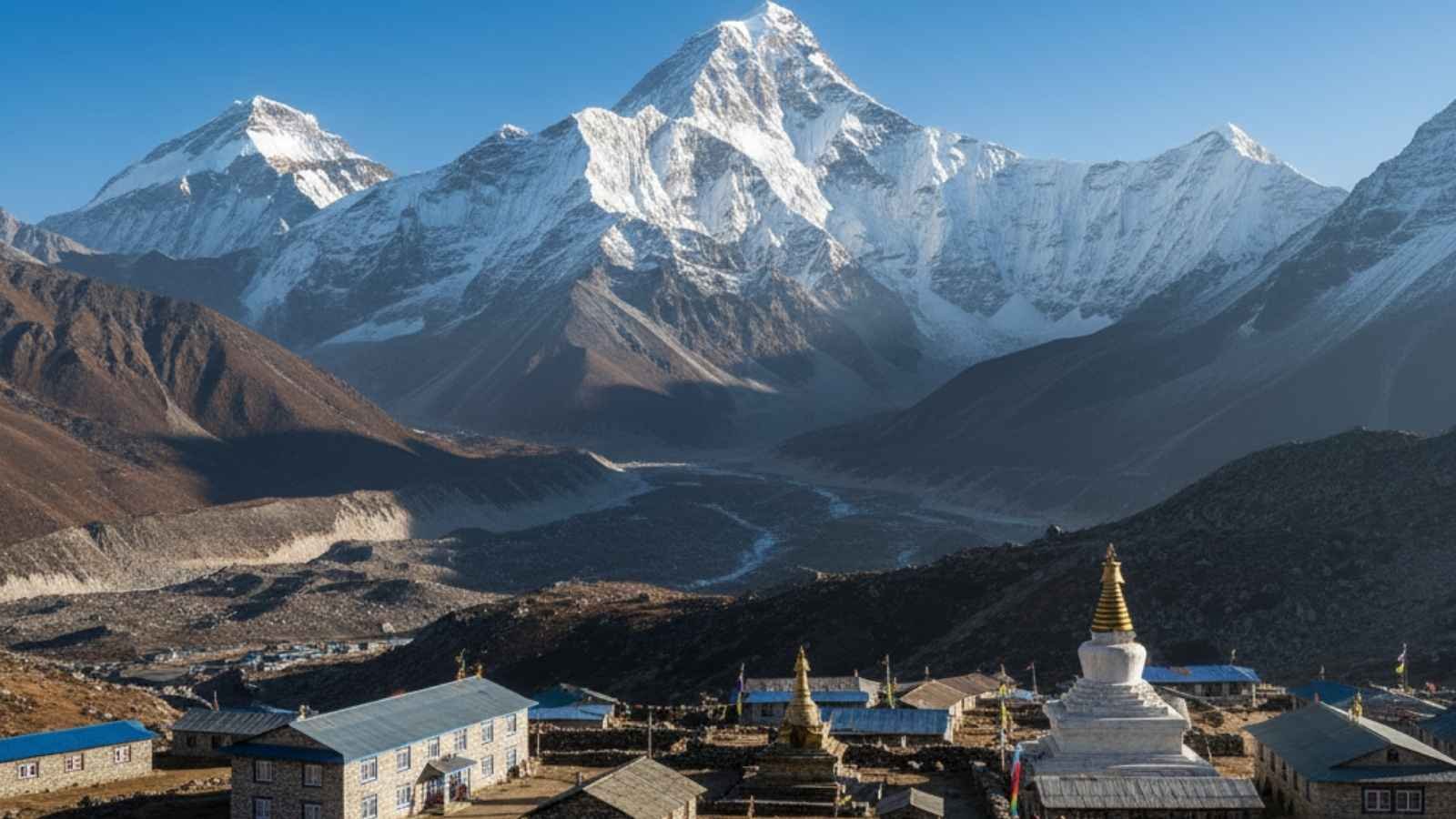
High in the Himalayas, Sagarmatha National Park—home to Mount Everest—has always symbolized endurance. But even this mighty landscape is showing the strain of climate change. Glaciers that once gleamed under the sun are retreating at alarming rates, forming unstable glacial lakes that threaten downstream communities. Trekkers along the Everest Base Camp route often pass rivers born from newly melted ice, a sobering reminder that even the world’s tallest peaks aren’t immune to global warming.
Local Sherpa guides speak of warmer winters and thinner snowpack, altering the delicate alpine ecosystem. Yak pastures are shrinking, and trails that once stayed frozen are now muddy much earlier in the season. The changing weather also makes climbing seasons more unpredictable, bringing stronger winds and erratic temperature drops. These shifts are rewriting both the physical and cultural landscape of the region.
Still, Sagarmatha remains profoundly moving—its prayer flags, silent glaciers, and piercing blue skies stir something elemental. But the park now tells a dual story: one of awe, and one of urgency, as the “roof of the world” reshapes before our eyes.
Travel Tips:
- Best Months to Visit: March to May, and October to November
- Top Treks: Everest Base Camp, Gokyo Lakes, Tengboche Monastery Trail
- Climate Watch: Glacial melt creating dangerous glacial lakes
- Wildlife Highlight: Snow leopards, Himalayan tahr, and red pandas
- Local Tip: Stay at eco-lodges that use solar power and locally sourced food
7. Kruger National Park, South Africa
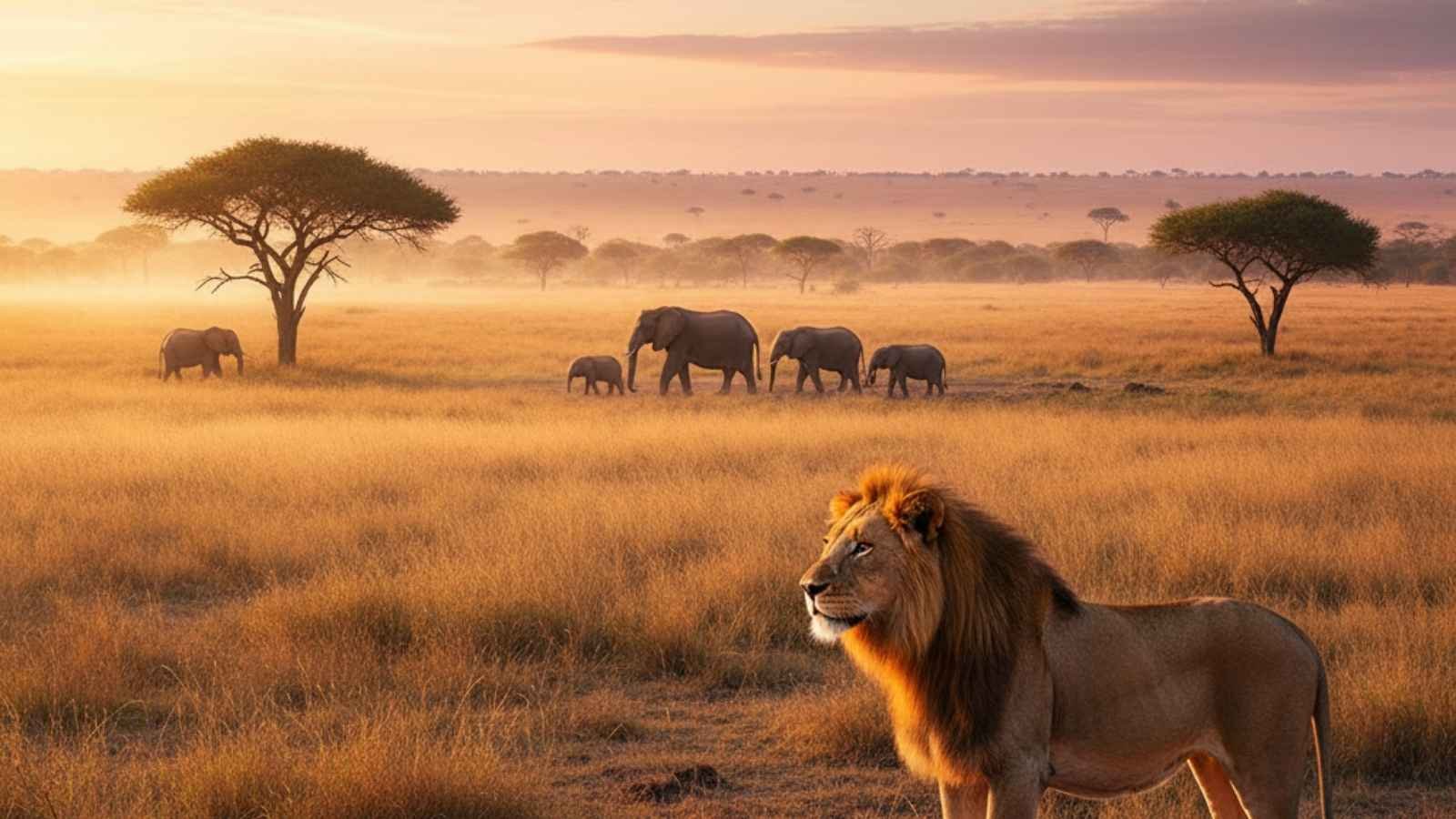
Stretching across nearly 7,500 square miles, Kruger National Park has long been Africa’s crown jewel for wildlife viewing. Yet even this vast ecosystem is feeling the burn of climate stress. Prolonged droughts, erratic rainfall, and hotter temperatures are reshaping animal migration and survival patterns. Watering holes that once teemed with elephants and hippos are drying earlier, forcing species into smaller areas and heightening competition.
The savannas, too, are changing. Grasslands that fed massive herds are being replaced by bushier vegetation, altering the balance of predator and prey. Rangers are adapting through innovative conservation strategies—artificial waterholes, habitat rotation, and anti-poaching tech—but the challenge grows each season. Visitors often notice the contrast between areas lush with life and others parched and quiet, as if the land itself is trying to adapt in real time.
And yet, Kruger still has that spellbinding energy that grips anyone lucky enough to experience it. Watching a lion stride through the fading light, or hearing hyenas under a star-crammed sky, feels timeless—yet tinged with fragility. It’s a place where nature’s resilience and vulnerability coexist, more vivid than ever.
Travel Tips:
- Best Months to Visit: May to October (dry season, best for wildlife viewing)
- Top Routes: Sabie River Road, Letaba to Olifants, Satara plains
- Climate Watch: Recurrent droughts and shifting animal migration
- Wildlife Highlight: Big Five—lion, leopard, rhino, elephant, buffalo
- Travel Tip: Visit early morning or late afternoon for cooler temperatures and more active wildlife


